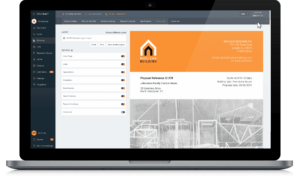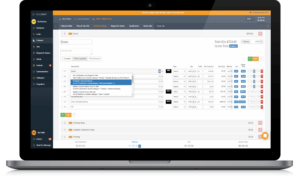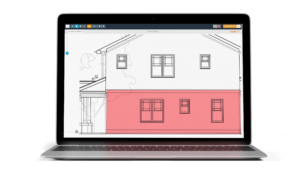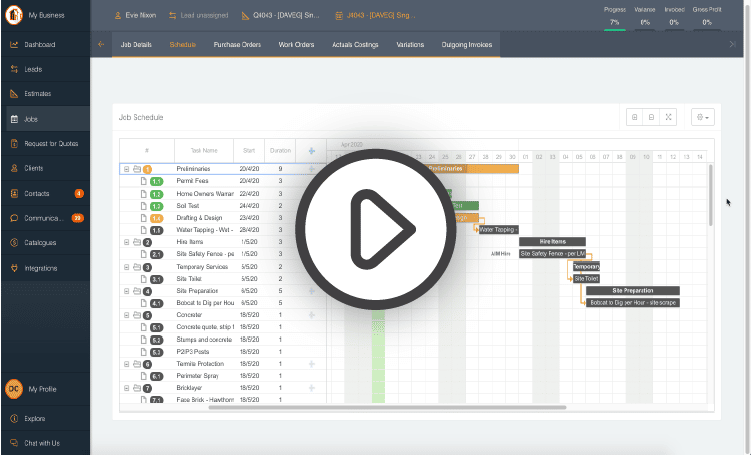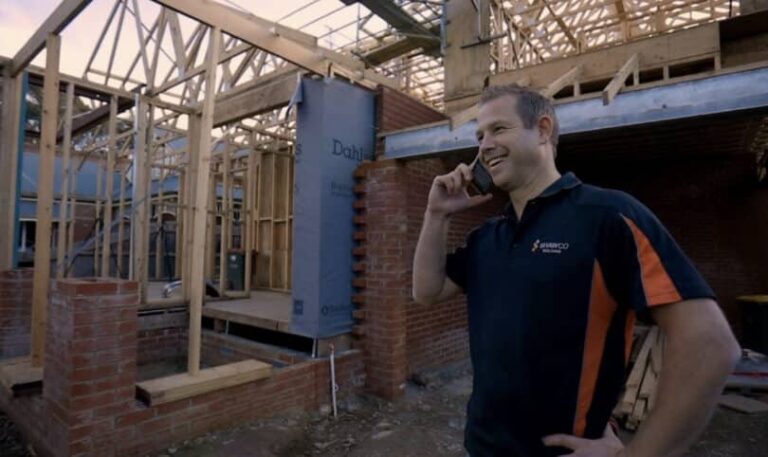Any building project – big or small – involves a whole lot of moving cogs and demands extensive planning. Throw in additional challenges like labor shortages and increasingly high material costs, and it’s no wonder you face the threat of delays and overspending.
The solution for many successful home builders is staying across everything while a project is still in flight so there’s opportunity to fix problems. This kind of live job management can be the difference between profit or loss and a happy client or not.
Why good tracking matters
Project success is not only down to how well you plan, but also about having a good tracking process in place that helps you oversee, react and adapt to change
Get this part right, and you’ll be able to:
Avoid costly delays
Time is money and when delays happen that affects profits and can damage your reputation. A good tracking system anticipates and resolve issues before they throw your team off balance, keeping your construction site running on schedule and on budget.
Make the right decisions at the right time
Unexpected issues crop up all the time, and to be honest, there really isn’t a place for indecisiveness on the job site. Having the right tools in place means you make more informed decisions based on past experiences gained from similar projects.
Keep your teams in check
Managing multiple teams across multiple projects is no easy feat. With a good tracking system, you can keep your teams organised. You do this by streamlining comms, making live updates to schedules and timelines by creating task dependencies. That way when one team’s schedule updates, the other subcontractors depending on their work are automatically see their schedule update.
Predict your profits
Budgeting isn’t an exact art, and we know things can change at any time. Real-time cost tracking means you stay on budget and protect profit margin easily and accurately.
Is your current system failing you?
Most builders have experienced the impact of poor planning and job management at some point, whether it’s cost overruns, delays, material waste or unhappy customers – but many don’t realise it is easily avoided with a little investment in new approaches.
Here are the signs that your system isn’t up to scratch:
Manual tracking
Manual processes and spotty communication are still pretty much the industry standard. But in 2023, ‘Post-It note’ reminders, spreadsheets, or any paper-based planning system simply won’t cut it. Nowadays, the volume and complexity of jobs make it near impossible to stay on track with manual planning systems, and communication breakdowns and delays become inevitable.
No central integration
When different subs are using separate systems to track and manage a project, it can lead to miscommunication, delays, and downtime.
Without an integrated tracking process, you’ll likely end up with inconsistent data and a lot of difficulty tracking on-the-job progress. Scattered planning also makes it near impossible to predict costs and profits accurately.
One plan does not fit all
Building projects are never one size fits all and vary widely in terms of scope, timelines, complexity, contingencies and costs. That’s why planning needs to be tailored to your specific build, and those who try and recreate the wheel each time, waste too much time.
You need a system in place that gets you up-and-running quickly so you have the time to fine tune your project costs and schedule to the situation at-hand.
How to win with job management
Here are some of the tools that will help build your own winning job management strategy:
Cost & profit tracking
Keep your project from spiraling out of control and take control of your numbers by using an effective cost tracking system. This will let you cost items accurately, monitor changes and means you can always see if a job is tracking within budget. The best systems also will create PO/WOs, saving you time jumping across different systems.
Automated scheduling
Project scheduling tools are there to make your life easier and can save you hours by building your schedule directly from your estimate, removing double handling. Modern cloud-based tools allow you to track and manage projects from wherever you are, keeping your team automatically updated and always working in sync.
Template timesavers
You can save even more valuable admin time by building reusable templates, basing them on your most successful schedules, with tasks already pre-selected. That way you can concentrate on getting the bespoke detail of each project on point and keeping everything moving like clockwork. It also means lessons learned from previous jobs are passed on to the next.
A central source of truth
If you can centralise all job management and team comms on one platform, then life gets even easier. Construction job management software helps streamline the project completion process on time and within budget, and you can access it from anywhere, any time. It allows you to store all relevant documents and files and manage project finances all in one place – no paper involved.
If you’re keen to find out how construction management software can help you stay on top book a demo or try a free 14-day free trial with Buildxact. Nothing to download or install and no credit card needed, just an easier way to get the job done on time, and in profit.





